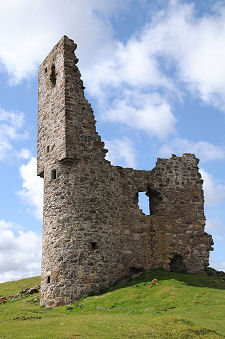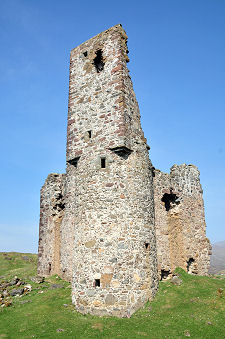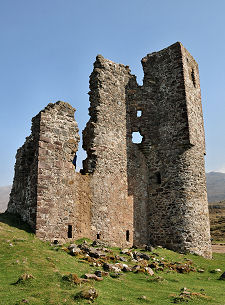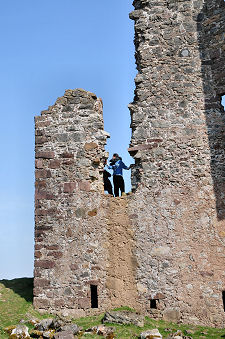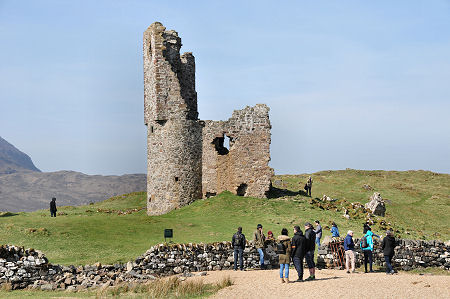 Ardvreck Castle and the Neck of its Peninsula |
Anyone travelling the A837 north from Inchnadamph over the years will have been intrigued by two ruins at the east end of Loch Assynt. The shell of Calda House stands close to the road, while the remains of Ardvreck Castle lie a little to the west, on a promontory projecting into the loch.
The relatively recent construction of a parking area with some excellent information boards between the two gives good access to Ardvreck Castle along a much improved path. A visit to Calda House requires a short walk alongside the road: but intending visitors should be aware that this remains a dangerous structure which can only be viewed from beyond the range of falling masonry. And it is worth bearing in mind that Ardvreck Castle is only a fragment of its former glory.
The walk to it is enjoyable, and the views from the near island on which it stands are utterly beautiful, taking in some of the best mountain landscapes in central Sutherland. (Continues below image...)
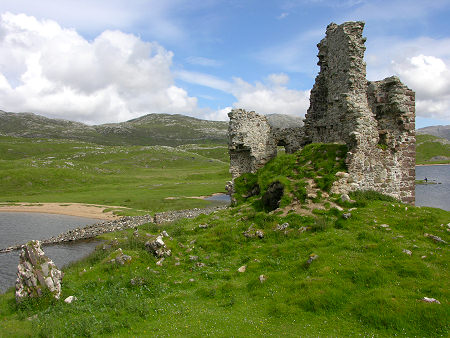 Ardvreck Castle Set Against the Sutherland Landscape |
Today the castle comprises a finger of stone, pointing accusingly at the sky. Just enough remains to identify it as once having been a three storey tower house of traditional design, including a corbelled section that once housed the main staircase and part of a vaulted basement level. Across the narrow neck of the promontory is a dry stone wall that marks the line of an old defensive wall: traces of the original defensive ditch here can still be seen.
The castle dates back to about 1490 when the lands were owned by the Macleods of Assynt. It only entered the history books once, in especially inglorious circumstances. On 27 April 1650, the Marquis of Montrose, fighting for the Royalist cause even after the execution of Charles I (see our Historical Timeline) lost the battle of Carbisdale to a much smaller Covenanter army. His flight brought him, two days later, to Ardvreck Castle, where he sought sanctuary with Neil Macleod of Assynt.
Neil was away, and his wife, Christine, tricked Montrose into the castle dungeon and sent for Government troops. Montrose was taken to Edinburgh, where he was executed on 21 May 1650. This act stands as a notorious betrayal of Highland hospitality.
Ardvreck Castle was attacked and captured by the Mackenzies of Assynt in 1672. In 1726 they replaced it with the more modern Calda House, apparently recycling some of the stone from Ardvreck Castle when they did so.
Calda House burned down in 1737 and before the Mackenzies were able to rebuild it, their estates had been seized by the Crown for their support of the losing side in the 1745 uprising. It has remained a ruin ever since.
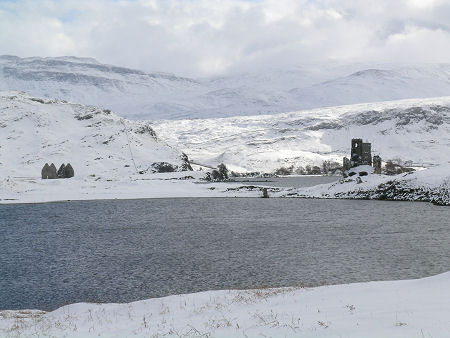 Calda House and Ardvreck Castle from the West |

|
|
|
Visitor InformationView Location on MapGrid Ref: NC 240 237 What3Words Location: ///width.recent.workroom |
 The Castle Seen Under Snow |
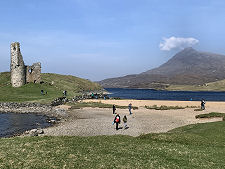 Ardvreck Castle and Quinag |
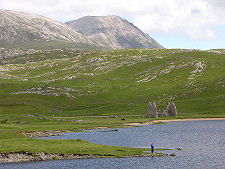 Calda House with Conival Beyond |
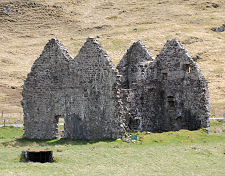 Calda House |
 Wall Across Peninsula Neck |
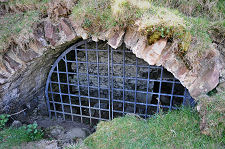 Vaulted Basement |
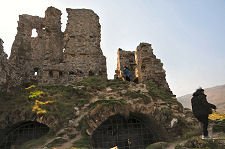 Inside the Castle |

